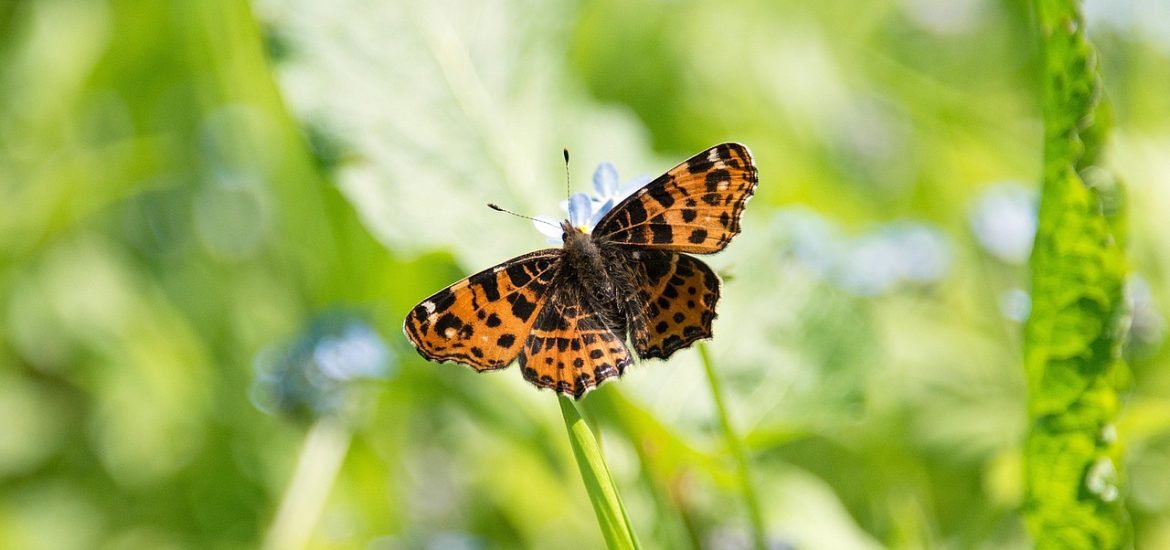
Britain’s insect populations are not collapsing as previously believed, according to a study published in Nature Communications. However, it’s not all good news. While some species hold steady, many suffer due to climate change and urban development.
The Rothamsted national insect survey team analyzed 30 years’ worth of records covering over 1,200 species of butterflies, moths, dragonflies, grasshoppers, beetles, bees, wasps, and hoverflies.
Using advanced machine-learning models, the researchers followed how insects changed where they lived across Great Britain over the years and pinpointed the main environmental forces driving those shifts.
Contrary to widespread fears of an overall collapse, the authors found no overall decline in insect occupancy since 1990. However, despite this general figure, the results detected profound local changes in the make-up of insect communities.
Urban and farmland development emerged as key drivers of decline in particular species. Insects with specific habitat needs are particularly vulnerable to the loss of diversity, while species that can breed multiple times a year can adapt better to a warming climate.
“The findings suggest that while Britain may not be witnessing an outright crash in insect numbers, it is undergoing a subtler but no less significant ecological reshuffling,” said Rothamsted population modeler Dr Yoann Bourhis, who led the study. This could have knock-on effects for pollination, pest control, and wider biodiversity.”
Bourhis, Y., Milne, A.E., Shortall, C.R. et al. Trait mediation explains decadal distributional shifts for a wide range of insect taxa. Nat Commun 16, 8131 (2025). https://doi.org/10.1038/s41467-025-63093-y